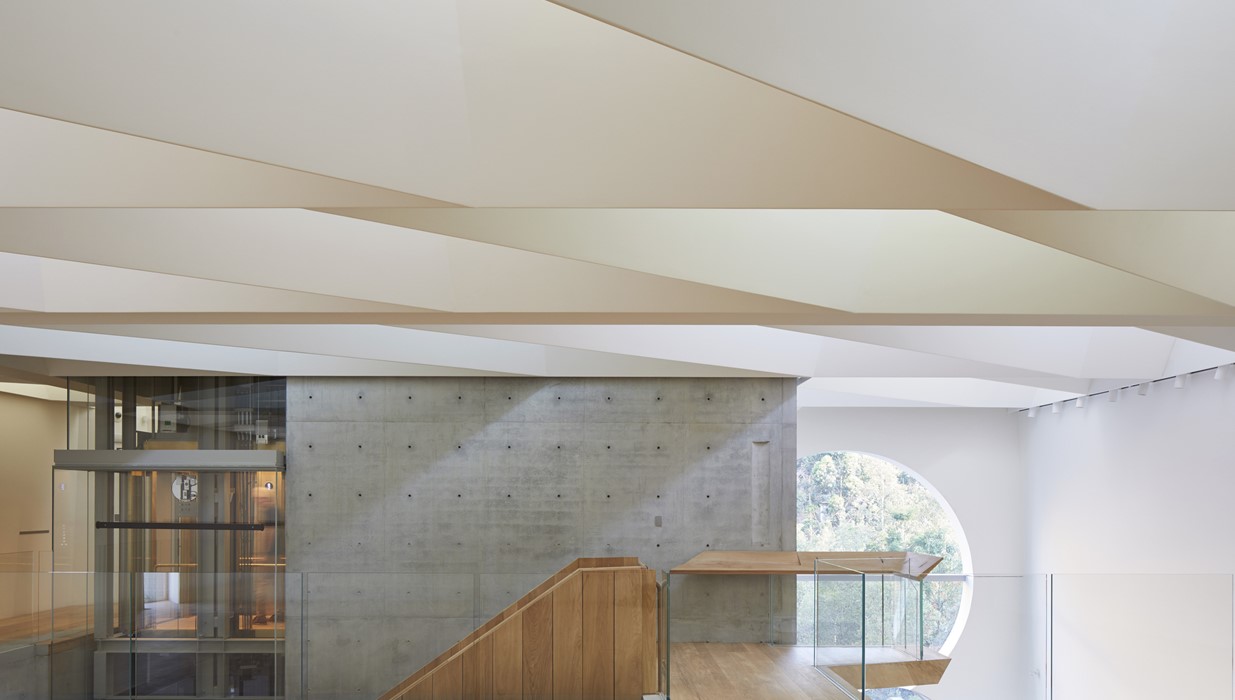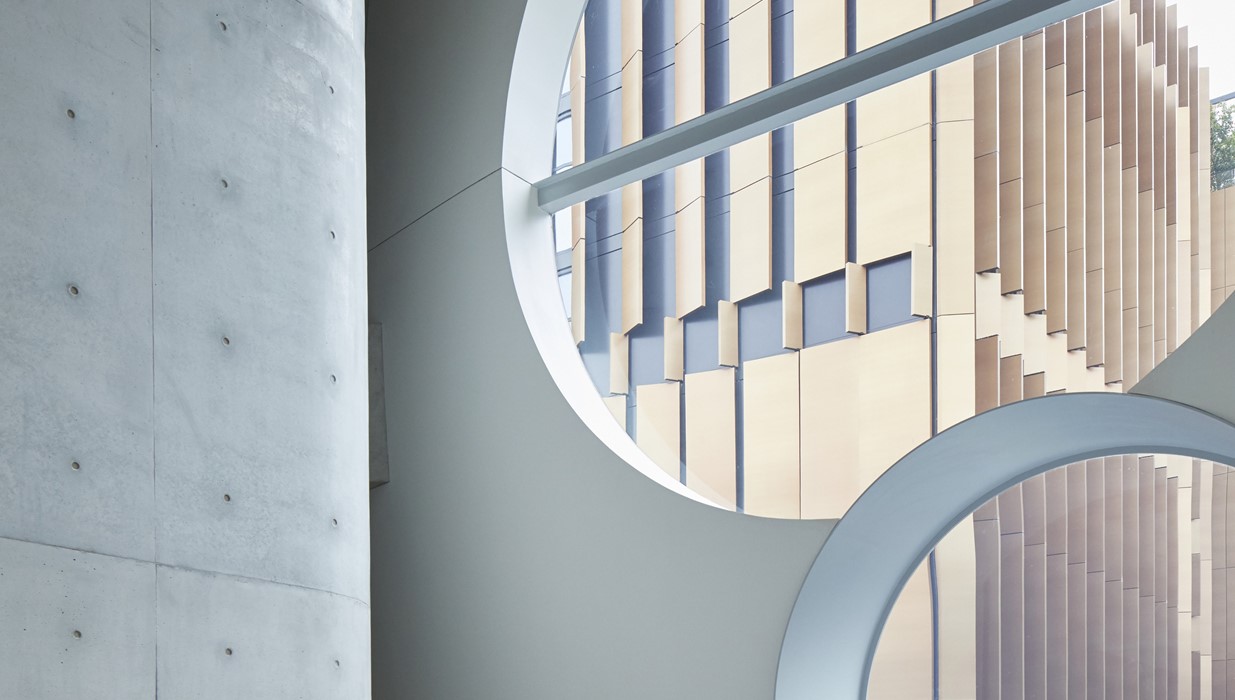What makes a commercial building a winner in every sense? That question was answered last week when the combined gallery and performance space Phoenix Central Park was awarded first place in the NSW Architecture Awards.
Phoenix Central Park was designed by Durbach Block Jaggers (performance space) and John Wardle Architects (gallery) and built on a former warehouse site in the inner Sydney suburb of Chippendale. The property linked by a central courtyard and garden is unusual in that each firm was granted free reign to create its particular section of the property yet collaborated on the brick façade, material palette and courtyard.
The combined effort saw Phoenix Central Park awarded the state’s highest overall award – the NSW Architecture Medallion – as well as the highest accolades for both commercial and interior architecture in the NSW Architecture Awards announced July 3. Architect John Wardle was also awarded Australian Institute of Architects most prestigious honour, the Gold Medal, the institute stating that his works celebrated “both individual craft and the broader production processes of making a building” and “re-positioned the role of the architect as chief designer in that activity”.
Asked why Phoenix Central Park was such a success in a commercial sense, Mr Wardle told commercialpropertyguide.com.au: “The process of engagement for this project was one of the keys to its success, not all commercial projects allow for this type of procurement,” Mr Wardle said. “The pressures of fees, timelines and budgets often take precedence and architects are unable to devote themselves fully to the task of designing and managing a project. The teamwork evidenced on this project was outstanding and a credit to all involved.”
Let there be light
Among reasons judges awarded the $32 million property the top gong was the way its design allowed light to enter the three-level, 1400 square metre building. Judges praised the way in which the structure’s form piqued a visitor’s interest, ultimately making the gallery and performance space a pleasant place that fostered the curiosity to explore.
“The single yet multifaceted and dynamic project creates an immersive experience for those inside while being a striking architectural marker on the outside,” said Jury chairman Peter Poulet.

Inherent difficulties with the site had to be overcome before construction began, said Durbach Block Jaggers co-director Camilla Block. “The site was completely constrained with neighbouring properties on all three boundaries,” Ms Block explained. “The early works were quite a challenge.”
The architects then had to fulfill the requests the client, philanthropist and Rich Lister Judith Neilson, for a space where her collection of music and performances would be shared through a live stream. Ms Neilson described her vision being for a space where “architecture and interior design as well as the visual and performing arts would each enhance and embrace the other for an immersive total experience.”
The end result has an “intimate grandeur”, Ms Block said. “It’s spectacular – but on a small scale,” she said. “It’s very much like a room not a concert hall. It’s almost more like a salon which is quite unusual in this day and age. It is a scale which is very human.”
While the two architectural firms collaborated on the areas linking the performance space and gallery as well as the façade and services, “from then on it was very much individual” Ms Block explained.

Reviving the past
The NSW Architecture Awards were among the first to be granted as the states unveil their award-winning properties in the lead up to the national awards later this year.
In West Australia, the state’s highest accolade for commercial property was awarded at an online event in late June to COX Architecture for its reinvention of a neglected nine-storey building at 125 Murray Street Perth. It had stood vacant for many years and presented a raft of challenges: poor levels of natural light, low ceilings and little visual connection to the city and world outside.
The building received the award from the WA architect’s chapter last week after judges recognised its transformation into a new commercial delivered the flexible floorplates demanded by today’s workplace models. It also now offered a sophisticated entry foyer where the concrete frame and brickwork of the floors above are on show.
“125 Murray demonstrates the possibilities of working sustainably within existing building stock to create contemporary workplace interiors that align with the expectations of tenants and deliver on client imperatives,” COX Architecture said in a statement.
Bret White, Director in COX’s Perth studio, said refurbishment was important to maintain a city’s inherent built fabric while acknowledging the difficulties in recycling older buildings.
“Refurbishment presents a plethora of unique challenges,” Mr White said. “These can arise at any stage, from meeting code compliance to addressing fatigued infrastructure. Taking on these challenges is a careful balance of what should be done vs what needs to be done. A portion of refurbishment work is always unknown.”
Key to any building’s commercial success however, Mr White said, was that its design cater to future occupants. “A key challenge is defining these future occupancy demographics,” he said. “Who they are and what they do influences the design process. It provides ‘meaning’ for the design strategy.”
The Australian Institute of Architects Victorian Chapter announces its 2020 state winners on July 10.